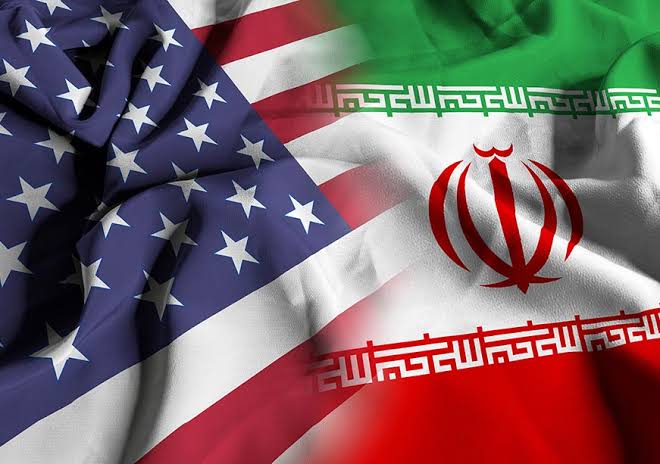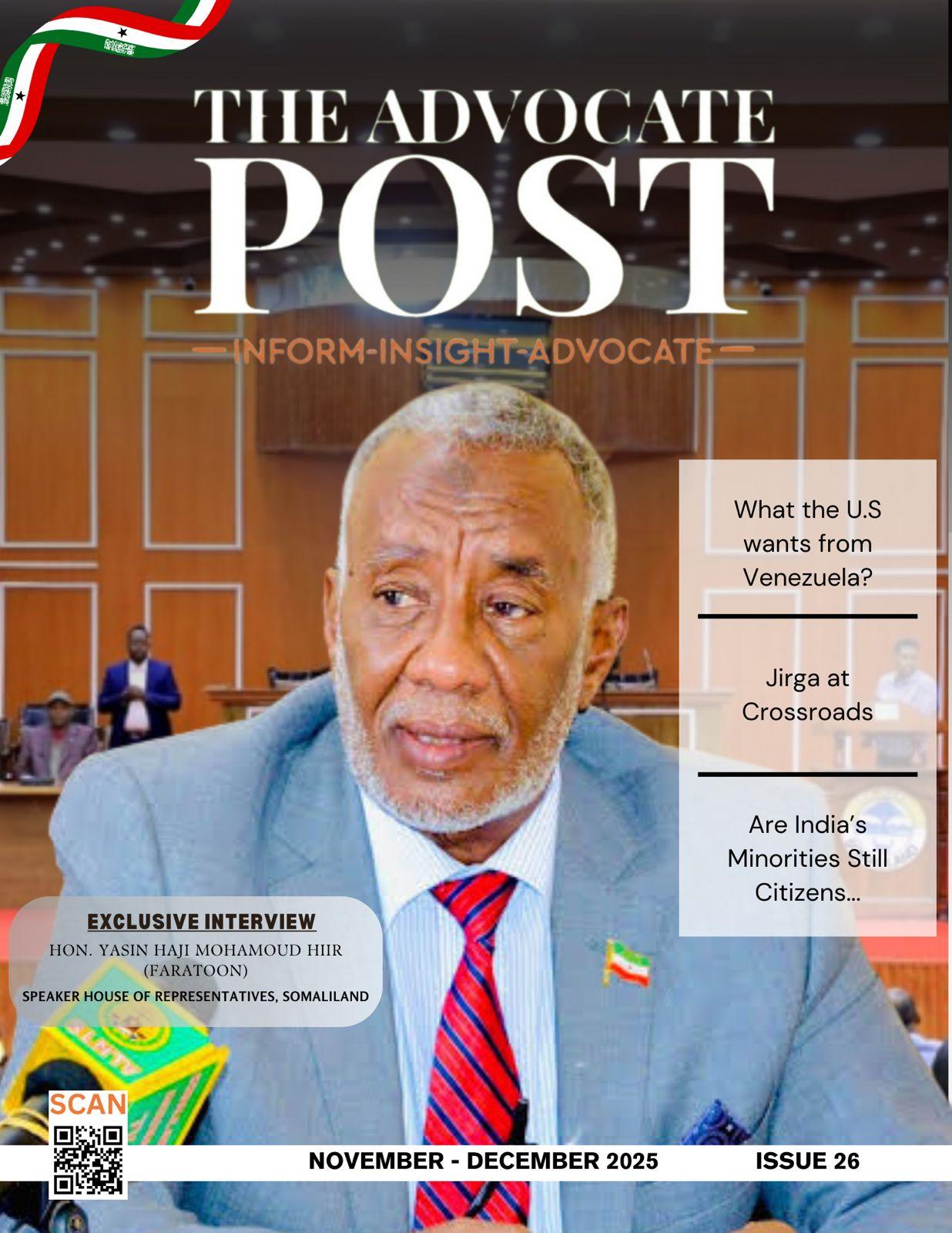Washington, D.C. — President Donald Trump and Vice President JD Vance have escalated rhetoric against Iran in a series of social media posts, suggesting the U.S. may take direct action in the ongoing conflict between Israel and Iran. Trump’s remarks included a thinly veiled threat against Iran’s Supreme Leader, Ayatollah Ali Khamenei, raising fears of a broader regional war.
Vance Defends Trump’s Stance, Warns of “Other Way”
In a lengthy post on Tuesday, Vice President Vance defended Trump’s handling of the crisis, blaming Iran for continuing its nuclear enrichment program despite U.S. warnings.
“The president has made clear that Iran cannot have uranium enrichment. And he said repeatedly that this would happen one of two ways—the easy way or the ‘other’ way,”
Vance wrote.
He elaborated that the “other way” could involve military force, stating: “The president has shown remarkable restraint… but he may decide he needs to take further action to end Iranian enrichment.”
Trump’s Direct Threat: “We Know Where Khamenei Is”
Less than an hour later, Trump amplified the message on Truth Social, warning Iran to surrender unconditionally and suggesting he could target Khamenei.
“We know exactly where the so-called ‘Supreme Leader’ is hiding,”
Trump wrote.
“He is an easy target, but is safe there—for now. Our patience is wearing thin.”
The posts come as Israel and Iran exchange missile strikes, with experts warning the conflict could spiral into a full-scale regional war.
https://theadvocatepost.org/blog/2024/12/09/the-trump-doctrine-2-0-what-his-presidency-could-look-like-in-2025/
Mixed Signals from the White House
While the Trump administration has distanced itself from Israel’s initial strikes—with Secretary of State Marco Rubio calling them “unilateral”—critics suspect Trump is laying the groundwork for deeper U.S. involvement.
The U.S. has already repositioned warships and aircraft in the Middle East, citing the need to “protect American forces.” Defense Secretary Pete Hegseth confirmed the moves were defensive but left room for escalation.
Nuclear Standoff Reignites Old Tensions
Trump has framed the crisis as Iran’s fault, claiming Tehran missed its chance to avoid conflict by refusing a nuclear deal. “They should have done the deal. I told them: ‘Do the deal,’” he told reporters after the G7 summit.
“Now I’m not too much in the mood to negotiate.”
Iran has long denied pursuing nuclear weapons, but Trump’s 2018 withdrawal from the Obama-era nuclear pact and his “maximum pressure” campaign have kept tensions high.
Domestic Pushback: MAGA Skeptics and War Powers Bills
Even within Trump’s base, concerns are growing over potential U.S. entanglement in another Middle East war. Tucker Carlson’s network recently urged against backing Israel’s campaign, stating: “If Israel wants to wage this war… not with America’s backing.”
In Congress, bipartisan lawmakers are pushing to block unauthorized military action. Rep. Thomas Massie (R-KY) and Rep. Ro Khanna (D-CA) announced a War Powers Resolution to force congressional approval before any strikes on Iran. A similar bill was introduced by Sen. Tim Kaine (D-VA).
Intel Dispute: Is Iran Really Close to a Nuke?
The administration’s justification for confrontation hinges on Iran’s nuclear program—but intelligence officials disagree. In March, Director of National Intelligence Tulsi Gabbard testified that Iran “is not building a nuclear weapon.”
Trump dismissed her assessment, telling reporters: “I don’t care what she said. I think they’re very close.”
Critics accuse Trump of ignoring facts to justify aggression. “If he’s not listening to his own intelligence, who is he listening to? Netanyahu?” said Jamal Abdi of the National Iranian American Council.
What Comes Next?
With Trump’s threats and military posturing, the risk of U.S. intervention looms larger. The question remains: Is this a bluff to force Iranian concessions—or the prelude to another war?






This Post Has 5 Comments
It’s interesting that Vance uses the phrase ‘the other way,’ hinting at military action. This kind of language only increases tensions and makes it harder to find peaceful solutions. I hope cooler heads will prevail before we see another military conflict.
Trump’s comments about knowing Khamenei’s whereabouts are alarming, to say the least. Such rhetoric may escalate tensions further, but it also raises questions about how far the U.S. should go in confronting Iran. Shouldn’t the focus be on finding a peaceful resolution before things spiral out of control?
While Iran’s nuclear ambitions are certainly a global concern, this kind of brinkmanship risks drawing the region into a wider conflict. It’s unclear whether there’s any serious diplomatic effort happening behind the scenes, which makes these public threats all the more worrying.
While Vance’s comments reflect a hardline approach to Iran’s nuclear ambitions, I think it’s worth considering the broader geopolitical fallout. Military action in this context could destabilize the entire region, especially with allies and adversaries watching closely.
The rhetoric coming from Trump and Vance seems to be setting the stage for a dangerous escalation. Military action is always a risky move, especially when dealing with a power like Iran. It could lead to wider regional instability if not carefully managed.